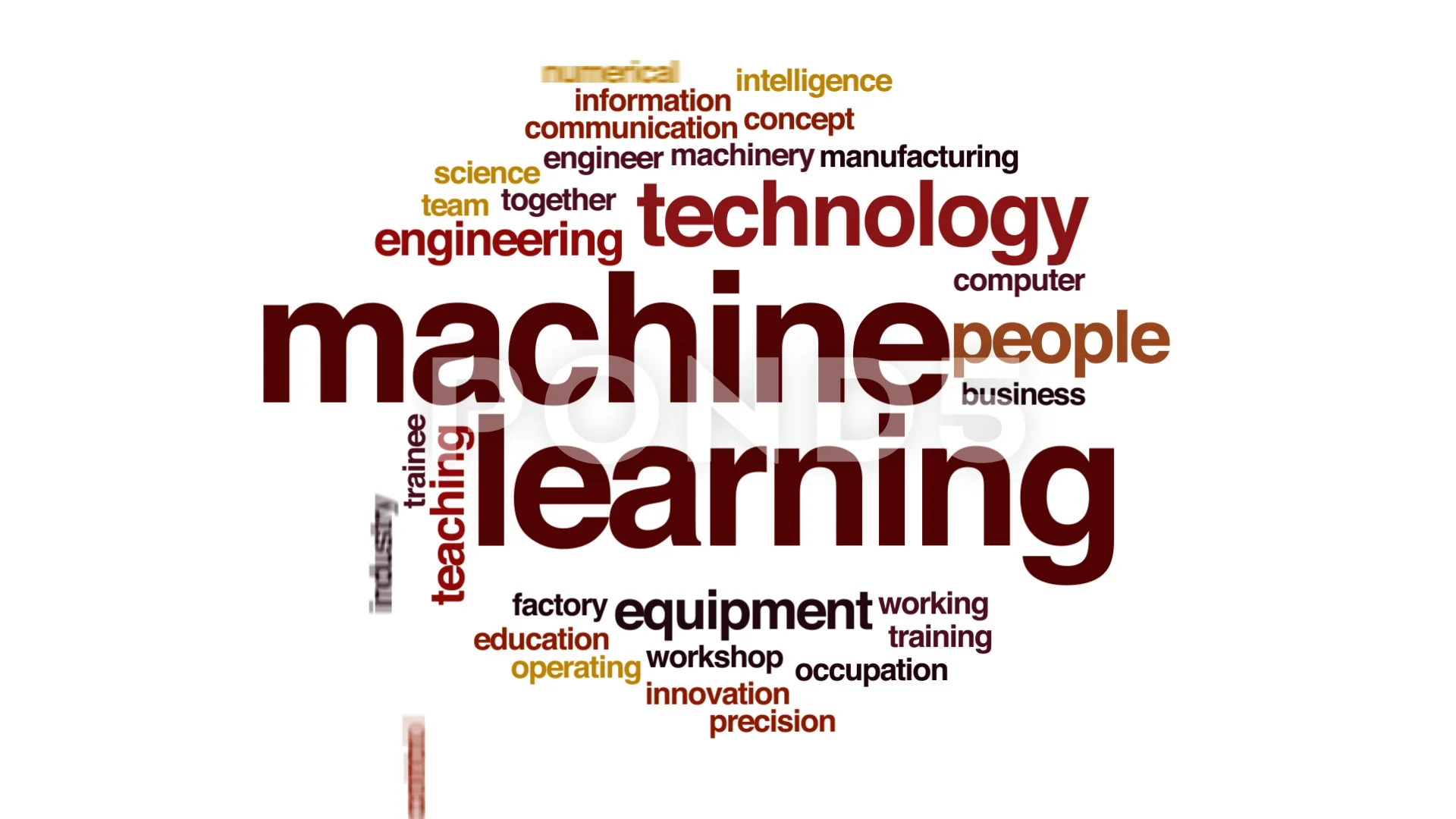Exploring Machine Learning
Yet another buzz word of the 21st century, the term Machine Learning can be heard in almost every other tech news story. Personally, Machine Learning is an intriguing topic for me and I have been spending all of my free time to research more about Machine Learning. If you are one of those who want to know more about Machine Learning, let's explore the exciting world of Machine Learning!
Machine Learning
Machine learning is the field of Computer Science that uses statistical techniques to automatically learn from data without being explicitly programmed. This has allowed us to make programs that can solve sophisticated problems that are very hard to program explicitly.
Surprisingly, the term Machine Learning has been coined in 1959! But why haven't we heard about it before? The reason is data. Machine Learning algorithms need considerably large amount of data to be effective. Earlier, enough data was not available. But in the last few years, we have seen an explosion of big data which has made methods of Machine Learning very effective.
Surprisingly, the term Machine Learning has been coined in 1959! But why haven't we heard about it before? The reason is data. Machine Learning algorithms need considerably large amount of data to be effective. Earlier, enough data was not available. But in the last few years, we have seen an explosion of big data which has made methods of Machine Learning very effective.
Machine Learning Methods
1. Supervised Machine Learning: These algorithms use labelled data to predict future examples. For example, the model is given a dataset of images and every image is labelled as "Car" or "Not a car". This dataset is provided to the Machine Learning model which will train on it. After training the model, a sample image is provided to the model and it will predict the image as either a car or not a car.
2. Unsupervised Machine Learning: In contrast to supervised machine learning, the dataset provided to the Machine Learning model is not labelled. These algorithms are generally used for finding hidden patterns in data and clustering similar data. The goal of unsupervised machine learning is to explore the data.
3. Semi-supervised Machine Learning: Many real world Machine Learning problems fall into this category. These algorithms fall somewhere between supervised and unsupervised methods. The dataset mostly contains unlabeled data and some labelled data. Generally, the unlabeled data is used to find structure in the data and the labelled data is used to make predictions.
4. Reinforcement Machine Learning: In these type of algorithms, the agent learns to behave in an environment by performing actions and seeing results. The most well-known application of reinforcement learning is the gaming bots that have defeated human players.It is based on the concept of rewards hypothesis, where the computer maximizes the cumulative reward.
Applications of Machine Learning
Here are the few most popular Machine Learning applications that we can see in our day-to-day lives:
1. One of the most popular applications of Machine Learning are virtual assistants like Amazon echo, Google Assistant and Siri.
2. Navigation services like Google Maps use Machine Learning to predict the fastest routes from one point to another by considering various factors like traffic, distance, etc.
3. While using social media applications like Facebook and Instagram, we see the list of "People you may know". This list is generated by continuously learning the kind of people you connect with, your interests and several other factors.
4. The e-Commerce websites like Amazon use the concept of Machine Learning to give you product recommendations. Most of the recommendations match with your taste. These recommendations are based on your online activity like search, previous orders, the product you recently viewed and many other factors.

Comments
Post a Comment